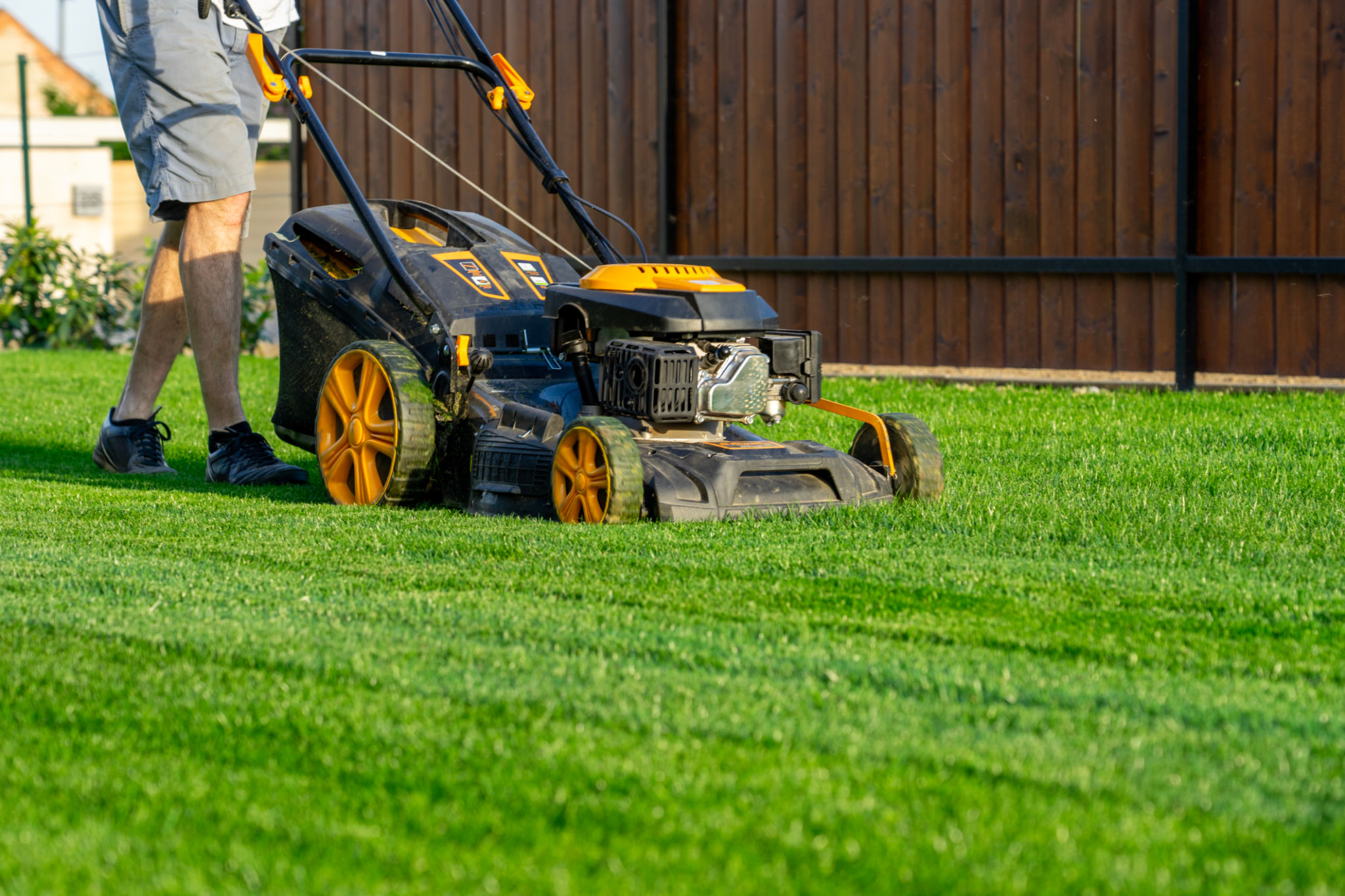Understanding Lawn Diseases and How to Prevent Them
Introduction to Lawn Diseases
A healthy, lush lawn is every homeowner's dream. However, achieving and maintaining such a lawn requires understanding and preventing the various diseases that can affect it. Lawn diseases are caused by a range of factors, including fungi, bacteria, and environmental conditions. By recognizing these diseases early and taking preventive measures, you can ensure your lawn remains vibrant and healthy.

Common Types of Lawn Diseases
Fungal Diseases
Fungi are the most common cause of lawn diseases. Some prevalent fungal diseases include:
- Brown Patch: Often seen in hot and humid climates, this disease causes large brown patches on the lawn.
- Dollar Spot: Characterized by small, silver-dollar-sized patches, this disease thrives in lawns with low nitrogen levels.
- Red Thread: Identified by reddish-pink strands on grass blades, this disease usually occurs in nitrogen-deficient lawns.
Bacterial and Viral Diseases
While less common than fungal infections, bacterial and viral diseases can also affect lawns. For example, bacterial wilt causes yellowing and wilting of grass, while certain viral infections lead to stunted growth and discoloration.

Causes of Lawn Diseases
Lawn diseases typically arise from a combination of environmental factors and poor lawn maintenance practices. Some common causes include:
- Excess moisture: Overwatering or poor drainage can create the ideal conditions for fungal growth.
- Nutrient deficiencies: A lack of essential nutrients weakens grass, making it more susceptible to diseases.
- Improper mowing: Cutting the grass too short can stress the lawn, leading to increased vulnerability to infections.
Prevention Strategies
Proper Lawn Care
Implementing good lawn care practices is crucial in preventing diseases. Ensure regular mowing at the correct height and water deeply but infrequently to promote strong root development. Additionally, aerate the soil annually to improve air circulation and nutrient absorption.

Nutrient Management
A well-fertilized lawn is less likely to suffer from diseases. Test your soil to determine its nutrient needs and apply fertilizers accordingly. Opt for slow-release fertilizers to maintain a steady supply of nutrients throughout the growing season.
Treatment Options
If prevention fails and your lawn becomes diseased, several treatment options are available. Fungicides can control many fungal infections, but they should be used judiciously to avoid harming beneficial organisms. For bacterial or viral infections, cultural practices such as removing affected grass and reseeding may be necessary.
In conclusion, understanding lawn diseases and how to prevent them is essential for maintaining a beautiful and healthy lawn. By recognizing common diseases, implementing preventive measures, and addressing issues promptly, you can enjoy a lush lawn year-round.